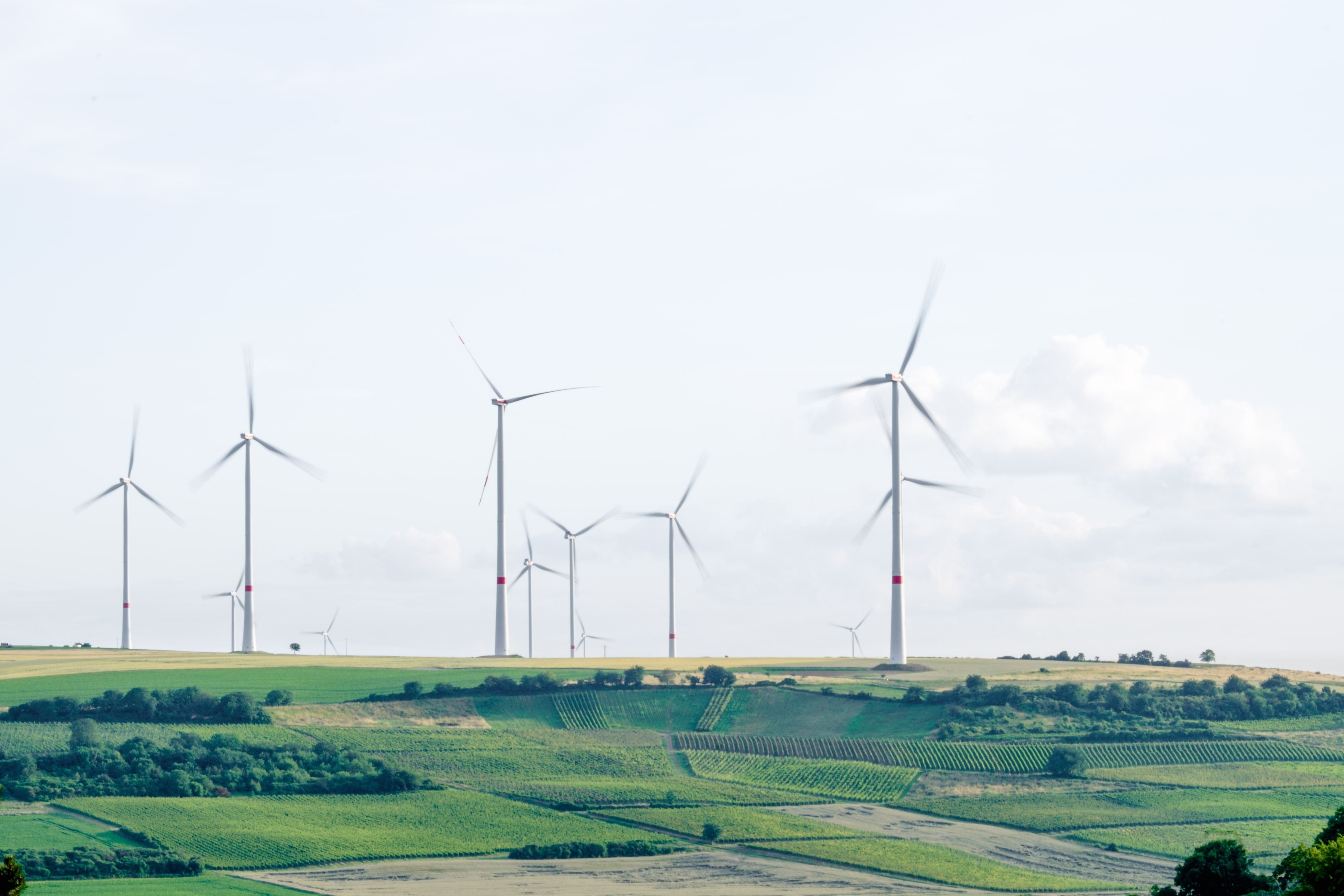Black carbon is changing the colour of Antarctica’s snow. What is it and where does it come from?
- Black carbon is an air pollutant that comes from burning fossil fuels and other fuels.
- In Antarctica, black carbon from ships and planes carrying tourists and researchers is darkening and melting the snow, researchers say.
- Black carbon is one of the biggest contributors to global warming after carbon dioxide.
- It is also linked to respiratory disease, cardiovascular disease, cancer and other health problems.
Snow is turning black in Antarctica, and increasing numbers of tourists and research trips could be to blame, scientists say.
Cruise and research ships burn fuel to make their journeys, and in the process they produce an air pollutant known as black carbon. It comes from the incomplete combustion of fossil fuels, wood and other fuels, and it’s the particle that gives soot its colour.
Not only is it darkening the snow in Antarctica, but it’s also making it melt sooner around tourist landing sites and research stations, researchers from the University of Santiago in Chile say in an article for the journal Nature Communications.
The snow in these areas has black carbon content that is “considerably above” background levels measured in other parts of the continent, according to the researchers.
More than 74,000 tourists visited Antarctica in the 2019-20 season, up by 32% from a year earlier, according to the International Association of Antarctica Tour Operators. There are also 76 research stations on the continent, with accommodation for around 5,500 people.
Black carbon’s contribution to global warming
White snow reflects the sun’s rays in a process known as the albedo effect – a measure of how well a surface reflects solar energy. However, black carbon absorbs sunlight and converts it to heat. This is shrinking the Antarctic snowpack by up to 23 millimetres a year, the University of Santiago researchers say.
Because it absorbs light and heats its surroundings, black carbon warms the atmosphere. This makes it one of the biggest contributors to global warming after carbon dioxide, according to the World Health Organization (WHO).
Impact on weather patterns
However, unlike carbon dioxide, which can stay in the atmosphere for hundreds or thousands of years, black carbon only remains there for up to two weeks.
This means that efforts to reduce it would bring “immediate benefits” for the climate and human health, says the Climate & Clean Air Coalition, a United Nations initiative. It says black carbon reduces sunlight, affects plant health and changes weather patterns such as rainfall and cloud formation.
As an air pollutant, black carbon is also associated with health problems including respiratory disease, cardiovascular disease and cancer. Globally, an estimated 4.2 million deaths a year are linked to outdoor air pollution, the WHO says.
Measures to cut black carbon emissions can reduce short-term global warming, improve crop yields and prevent premature deaths, the Climate & Clean Air Coalition says.







沒有留言:
張貼留言